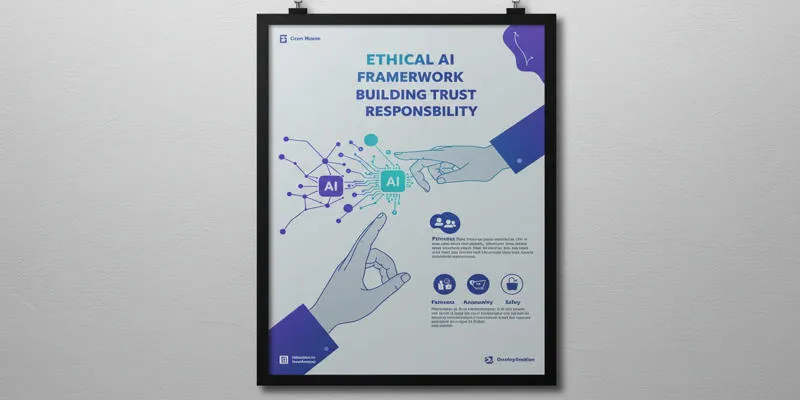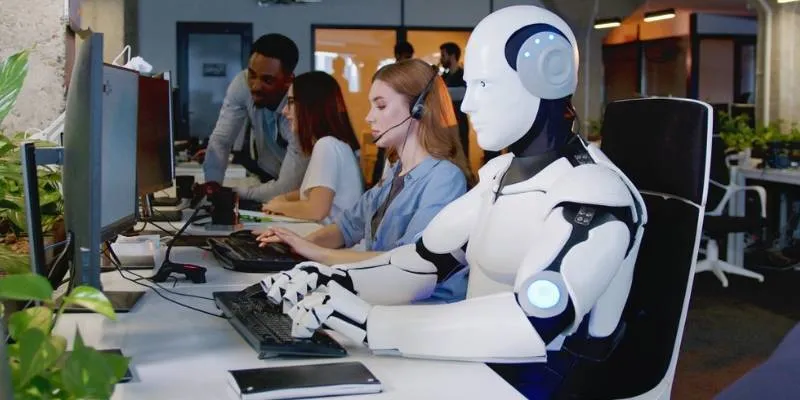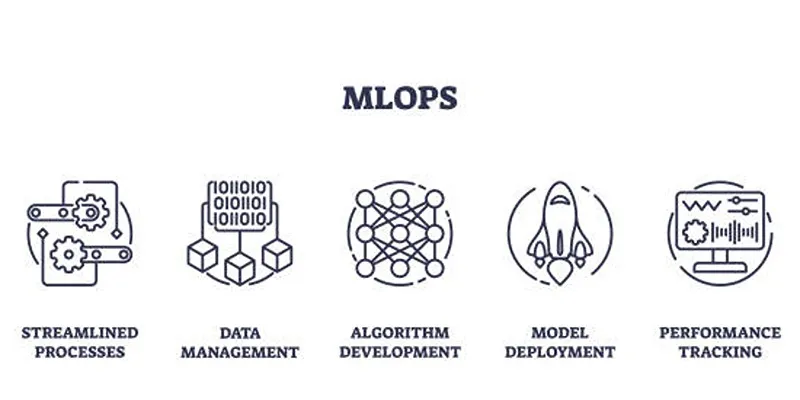Artificial intelligence is powerful, but it’s far from perfect. Machines can process data faster than any human, yet they still struggle with judgment, creativity, and understanding of context. That’s why Human-in-the-Loop AI is becoming essential in today’s world. It’s not about choosing between humans or machines — it’s about blending their strengths. In this approach, AI handles speed and automation while people bring common sense, experience, and oversight.
The result is smarter, safer systems built on teamwork. Human-in-the-loop AI is changing how industries operate, creating Collaborative Systems where people stay in control while machines do the heavy lifting. This partnership is the future.
What is Human-in-the-Loop AI?
Human-in-the-loop AI is changing the way we think about artificial intelligence. It’s not about machines replacing people—it’s about creating a partnership where humans and AI work together to get better results. In this approach, humans stay involved in the learning and decision-making process, ensuring technology doesn’t operate on its own without checks and balances.
Here’s how it works: AI processes large amounts of data, spots patterns, and offers suggestions or predictions. But before any final decision is made, a human steps in to review the output, provide feedback, or correct mistakes. This feedback helps the AI improve over time, becoming more accurate and useful.
Human-in-the-loop AI is especially valuable in sensitive industries like healthcare or finance, where trust and accuracy matter most. For example, doctors might use AI to detect early signs of disease, but a medical expert always makes the final diagnosis. In banking, AI can flag suspicious transactions, but human investigators decide what action to take. These Collaborative Systems combine the speed of technology with human judgment, ensuring that smart machines stay grounded in human values and experience.
Benefits of Human-in-the-Loop AI
Human-in-the-loop AI offers several advantages over fully automated systems. The first and most important benefit is accuracy. Machines are excellent at finding patterns in data but can struggle with rare events or unusual situations. Humans can fill this gap by using their experience and critical thinking skills.

Another key advantage is trust. People are more likely to accept AI-powered decisions if they know a human has reviewed or verified them. This is particularly important in industries like healthcare, law, or finance, where decisions directly impact lives or large sums of money. Collaborative Systems help build this trust by ensuring human participation in every important step.
This approach also allows for continuous learning and improvement. AI models trained with human feedback become better over time, adapting to new situations or unexpected changes in data. For example, customer service chatbots often use Human-in-the-Loop AI to handle difficult queries. When a chatbot fails to respond correctly, a human agent steps in, resolves the issue, and feeds that experience back to the AI model for future improvement.
Moreover, these systems create a safety net. In critical sectors like transportation or defense, machines might detect risks or errors, but human oversight prevents overreactions or false alarms. This balance between automation and human judgment is vital for the responsible and safe use of AI.
Challenges of Implementing Collaborative Systems
While Human-in-the-Loop AI offers many benefits, building Collaborative Systems comes with its own set of challenges. One of the primary concerns is scalability. As the system grows, involving humans at every step can slow down processes. Companies need to find the right balance between automation and human intervention.
Another challenge is the quality of human input. If humans make mistakes during the review or feedback process, the AI system might learn incorrect information. This requires proper training and clear guidelines for human reviewers to ensure consistent and accurate feedback.
Privacy and security concerns also arise in Collaborative Systems. Since humans review sensitive data, companies must ensure data protection and comply with privacy laws. This is especially important in sectors like healthcare or banking, where customer data must be handled carefully.
Cost is another factor. Involving humans in AI processes increases operational expenses. Companies need to plan carefully to ensure that the benefits of Human-in-the-Loop AI outweigh the costs. The investment often pays off in the long run by improving accuracy, trust, and customer satisfaction, but it requires a strategic approach.
Lastly, there is the risk of over-reliance on AI. Collaborative Systems should not create a false sense of security where humans blindly trust machine recommendations without critical thinking. The goal of Human-in-the-Loop AI is not to replace human judgment but to support and enhance it.
Future of Human-in-the-Loop AI
The future of Human-in-the-Loop AI is expected to reshape how people and machines work together. As technology advances, Collaborative Systems will become smarter, faster, and more user-friendly. In healthcare, AI may assist doctors in real-time during surgeries or diagnoses, but human supervision will always guide the final decisions. Education will also benefit, with AI-powered learning systems adapting to individual student needs while teachers provide personal support and guidance.

In industries like manufacturing and robotics, AI will handle repetitive tasks efficiently while humans manage exceptions and oversee operations. Human-in- the-loop AI ensures that ethical values, cultural sensitivity, and emotional intelligence stay at the core of decision-making processes.
Moreover, new tools will make it easier for humans to provide feedback to AI systems. User-friendly interfaces, voice commands, and visual dashboards will allow even non-experts to participate in improving AI performance. This will help smaller businesses and individuals benefit from Collaborative Systems. Ultimately, Human-in-the-Loop AI is about building a future where humans stay in control, working alongside technology to create smarter and more responsible solutions.
Conclusion
Human-in-the-loop AI represents the perfect balance between human judgment and machine efficiency. It ensures that technology stays accurate, ethical, and trustworthy by involving people in critical decision-making processes. Collaborative Systems built on this approach create smarter solutions while maintaining human control. As AI continues to evolve, the role of humans will remain essential for guiding, correcting, and improving these systems. The future of AI is not about replacing humans but about working together for better, safer, and more reliable outcomes.
 zfn9
zfn9






















